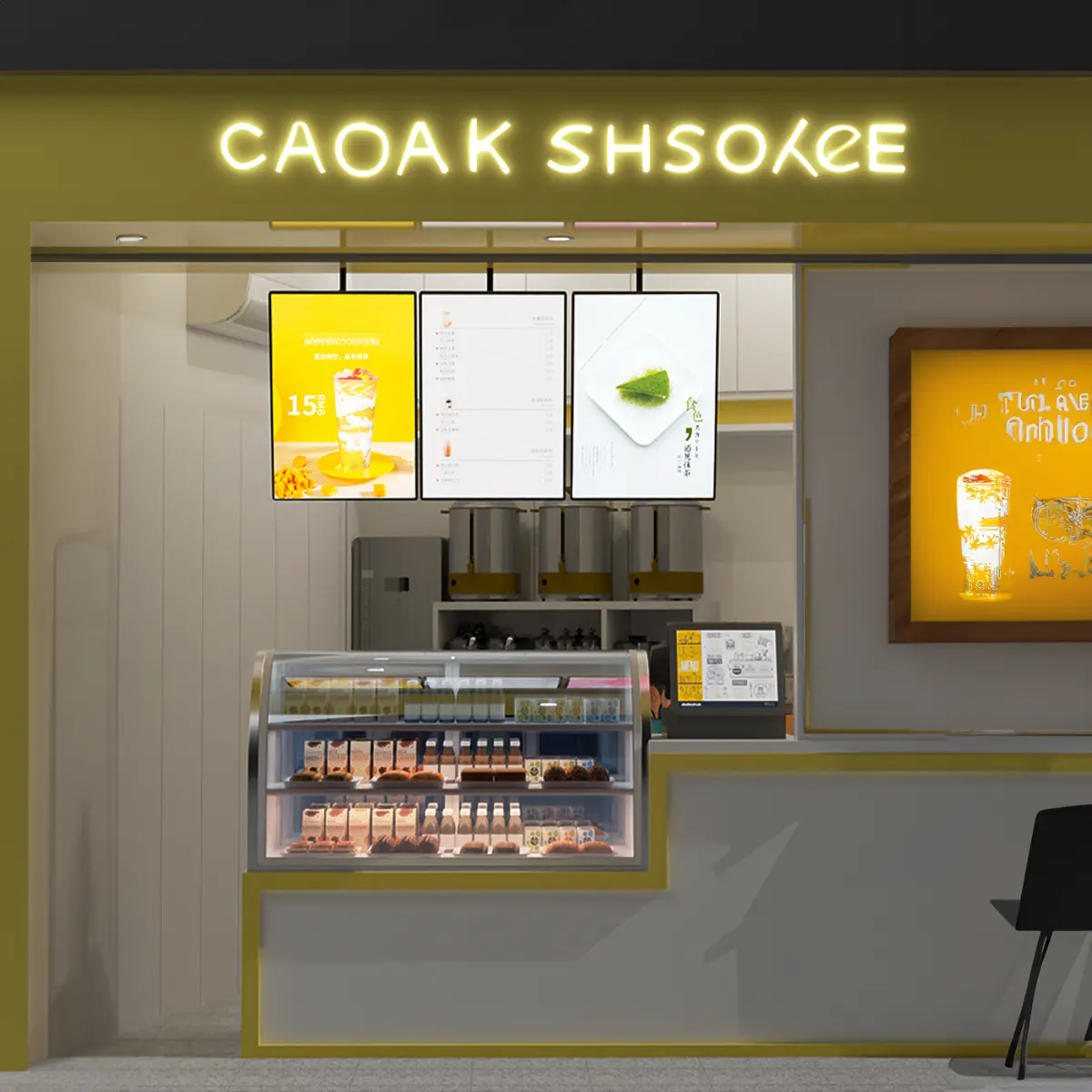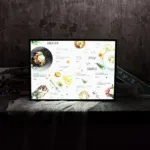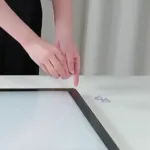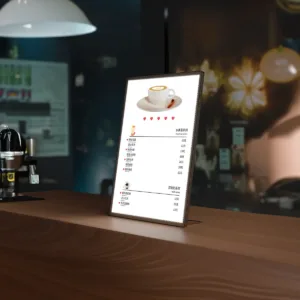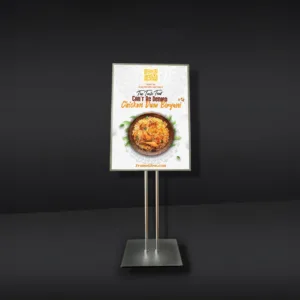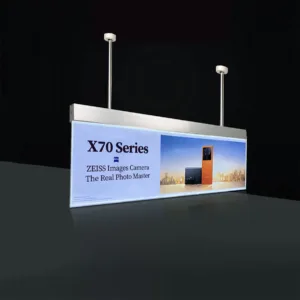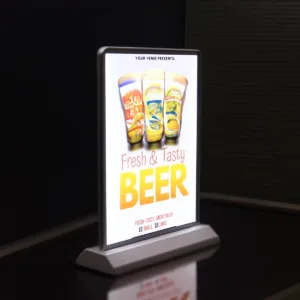Table of Contents
Introduction
The landscape of LED lighting is ever-evolving, with innovations that redefine the capabilities of lightbox designs. These advancements not only enhance visual appeal but also extend the functionality and sustainability of lightboxes, shaping the future of illuminated displays.
Smart Lighting Technology
The integration of smart controls into LED lightboxes marks a significant leap forward. Users can now customize lighting experiences with ease, tailoring brightness, color, and effects to match the mood or branding needs.
Impact on User Interaction and Energy Efficiency
Smart technology elevates user interaction, allowing for real-time adjustments via smartphones or voice commands. This adaptability also improves energy efficiency, as lighting can be optimized for actual usage, reducing waste and costs.
Color Tunable LEDs
Color tunable technology has revolutionized LED lightboxes by providing the ability to change colors and temperature settings. This flexibility opens up new avenues for dynamic displays, mood lighting, and creative design possibilities.
Influence on Mood Lighting and Creative Design
The ability to adjust color temperatures enables businesses and designers to create ambiances that evoke specific emotional responses, enhancing the impact of visual displays and installations.
Flexible LED Panels
The advent of bendable and shapeable LED panels ushers in a new era of lightbox design, allowing for creativity beyond flat surfaces.
Application in Curved or Unconventional Shapes
Flexible panels can be molded into unique shapes, offering unparalleled opportunities for bespoke installations that align with modern aesthetics and architectural elements.
Energy-Efficient Solutions
As the world leans towards sustainability, LED technology continues to advance in energy efficiency, reducing the carbon footprint associated with lighting.
Influence on Eco-Friendly Lightbox Designs
This trend towards sustainability influences lightbox design by encouraging the use of materials and technologies that minimize environmental impact, promoting a greener future.
Interactive Features
Incorporating interactive elements like touch controls, motion sensors, or augmented reality transforms LED lightboxes into engaging platforms for information, advertising, and art.
Enhancing User Engagement and Experiential Design
Interactive features invite audience participation, turning passive viewers into active participants. This engagement deepens the connection between the viewer and the display, enhancing the effectiveness of the message conveyed.
Conclusion
The trends in LED lighting herald a bright future for lightbox design, with smart technology, color tunability, flexibility, sustainability, and interactivity at the forefront. As these technologies evolve, so too will the ways in which we use light to communicate, decorate, and inspire.
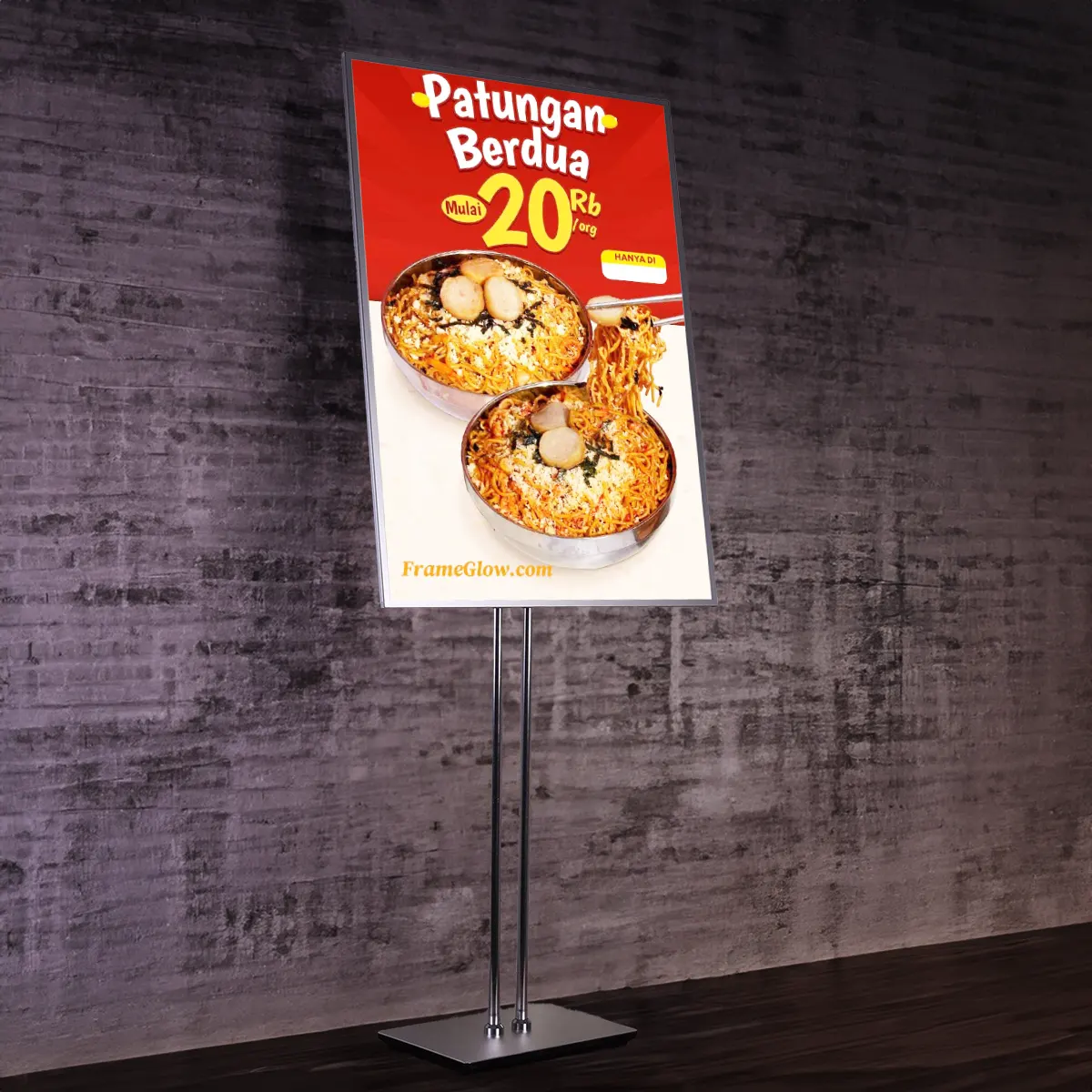
Floor Standing Light Box Frames for Shop
These advancements promise not only to illuminate spaces but also to redefine them, offering endless possibilities for creative expression and environmental stewardship.
Related Articles:
- Comparing LED Lightboxes with Emerging Display TechnologiesIntroduction The display technology landscape is rapidly evolving, presenting a wealth of options beyond traditional LED… Read more: Comparing LED Lightboxes with Emerging Display Technologies
- The Evolution of LED Lightbox Technology Over the Last DecadeIntroduction Over the past decade, LED lightbox technology has undergone significant transformation, driven by advancements in… Read more: The Evolution of LED Lightbox Technology Over the Last Decade
- Preventative Maintenance Schedule for LED LightboxesIntroduction Maintaining your LED lightboxes is crucial to ensure their longevity and optimal performance. This guide… Read more: Preventative Maintenance Schedule for LED Lightboxes

